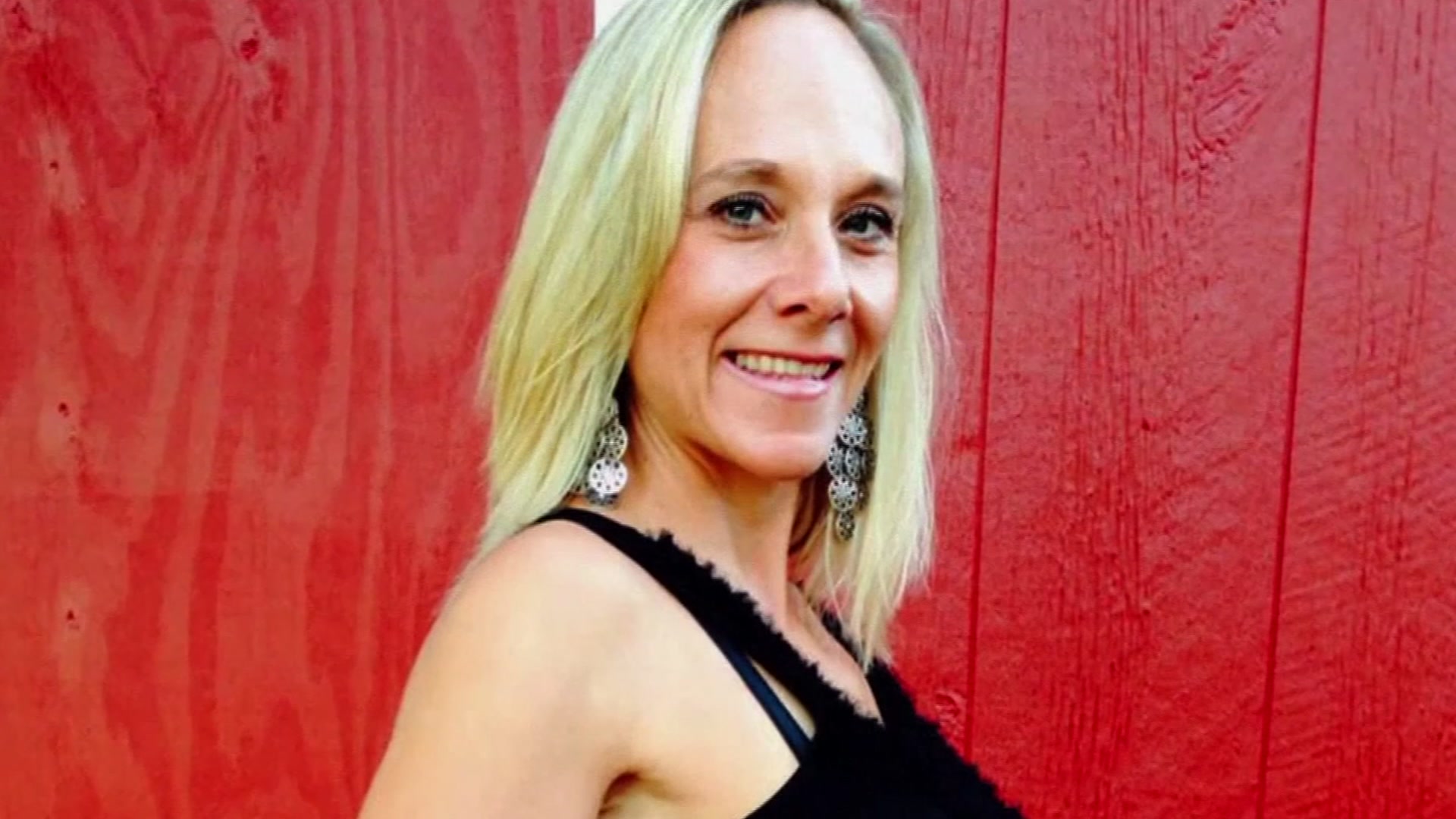DART has launched a pilot program using high-tech equipment that aims to enhance rider safety, transit officials say.
The “Real-Time Transit Infrastructure & Rolling Stock Condition Assessment” Program in collaboration between DART and AerialOne, was funded through a $184,000 grant from the Federal Transit Administration. The program uses drones, laser imaging, and photogrammetry.
Nadine Lee, President and CEO of DART, said the software is about to spot potential safety issues before it becomes a problem.
“For us, that’s the most important thing, because we got to keep our trains up and running all the time. We can’t be down at any time,” Lee said. “We can see down to the millimeter what the differences are from day to day.”
Get DFW local news, weather forecasts and entertainment stories to your inbox. Sign up for NBC DFW newsletters.
On Saturday, DART demonstrated the equipment at its Central Rail Operating Facility in Dallas.
Veronica Vanterpool, Deputy Administration of the Federal Transit Administration at the U.S. Department of Transportation, said the grant was an investment in the future of transit.
“This is new technology for the system. This is fresh and hot off the market. It’s wonderful to see it in the transit space,” Vanterpool said. “This is cutting edge for transit. We were glad to be able to make this sort of investment and innovation. What DART is doing is actually a model for what could do with regards to transit technology.”
Local
The latest news from around North Texas.
Gordon Shattles, Director of DART External Relations, said the pilot program is beginning at a time ridership demand is increasing. Though demand is not as high as it was pre-pandemic, Shattles said they serve upwards of 130,000 riders daily on average.
“The timing couldn’t be better. We’re definitely seeing that slow increase of riders with people returning to work. People get tired of working from home sometimes. They want to be back in the office,” Shattles said. “We want to ensure the rail is safe. We want to make sure it’s secure. We want to make sure our riders have a pleasant experience as they return back to the office.”
Right now, Shattles said the frequency of the equipment’s usage is still being determined.



